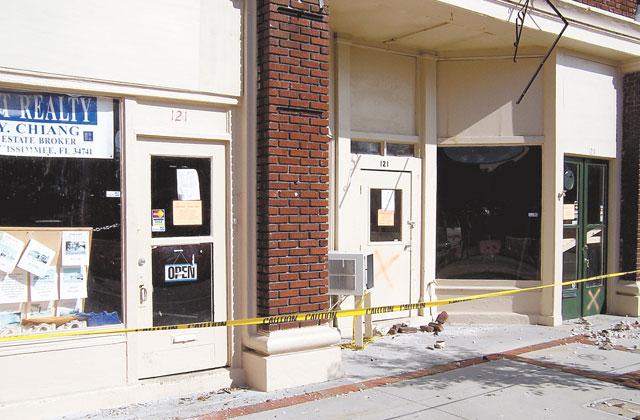For businesses, another active hurricane season is sure to be challenging.
Here are some tips for how to get your business and staff ready for when the next hurricane strikes.
Quick tips
Bring in exterior displays and remove any outdoor signs
Disconnect all electrical devices except for refrigerators
Clear all desk or work surfaces of small items, and take down all loosely secured items hung on the walls
Move equipment and furniture away from windows
Make sure key employees know the processes and procedures that will need to take place before allowing people back in the building once the storm has passed
Shut down non-critical building systems when all employees are evacuated
Conduct a preparedness assessment
You can’t protect what you don’t know exists. Before developing a hurricane preparedness plan, first assess who and what will be impacted. This includes your employees, physical building and equipment, as well as your suppliers and other assets.
Consider your people first
For employees, especially those working remotely, communication challenges and business continuity concerns are important. Most homes aren’t set up with the appropriate technology or infrastructure needed to stay up and running during a hurricane, and IT failures become much more frequent and harder to fix.
To avoid any confusion, make sure to keep an accurate, up-to-date employee contact list. Use an emergency communication system to send out notifications to employees every few months instructing them to respond if they receive the message. Your HR department can then follow up directly with those who don’t respond to verify whether their contact information has changed.
Suppliers
A severe storm may not just impact your business. It can affect other organizations you rely on to conduct business. Even if your company exists miles away from a hurricane-prone area, supply chain and travel disruptions may cause logistical issues or disrupt deliveries.
Your preparedness plan should address how you’ll account for business interruptions and potential delays and how you’ll communicate with suppliers in the event of an emergency.
When Hurricane Harvey hit in 2017, it caused outages in all Gulf Coast refineries, reducing the gasoline refining capacity of the U.S. by more than 20 percent. That same year, Hurricane Maria caused a shortage of drugs, medical supplies and medical devices in hospitals across the U.S.
Locations & assets
According to the Federal Emergency Management Agency (FEMA), many businesses never fully recover after a disaster. Many companies can’t withstand the financial pressures from extended downtime. Experts recommend backing up your data on premises, at a remote site and in the cloud to ensure nothing gets lost. You may even want to consider relocating physical assets to a more secure location in advance of an oncoming storm. Also, make sure to review your insurance policies related to wind and flood damages and determine what documents your insurance company will require for a claim.
Build Your Emergency Plan Business continuity and emergency planning are
Business continuity and emergency planning are critical to an organization’s ability to withstand the impact of a hurricane. Having a plan in place will also help you understand your priorities before, during and after a storm so that you can get your business back up and running as quickly as possible. Here are some basics:
• Develop a system for detecting and monitoring threats from credible sources
• Assemble an emergency response team and practice for an emergency
• Outline your response and train employees
• Secure your facilities and your staff
Businesses closer to the coastline typically will experience more significant property damage than those situated further inland, like Osceola County.
But the risk of high winds and flooding can still affect organizations even hundreds of miles away from the center of a storm.
Set up protection for your external buildings including boards for windows and doors, sandbags and a back-up power system.
Move all important documents, furniture and IT equipment away from windows or even relocating them to a safer facility. Consider stocking up on non-perishable food items and water bottles in addition to turning off gas and water.
Hurricanes aren’t quick incidents, and forecasts can change rapidly which, as a result, may impact your response plan. Keep your business running and your people safe by staying in constant communication with employees as a hurricane unfolds.
Communication doesn’t end when the storm does. Keeping people informed immediately following a hurricane is just as important. Check in on employees’ wellbeing by sending out daily wellness check surveys. Consider also creating a resource or event page where employees can go for updates on when the office will reopen, any alternate working plans, and how operations may be impacted.
As we find ourselves in an above-average hurricane season, it’s critical for business owners to stay proactive.




